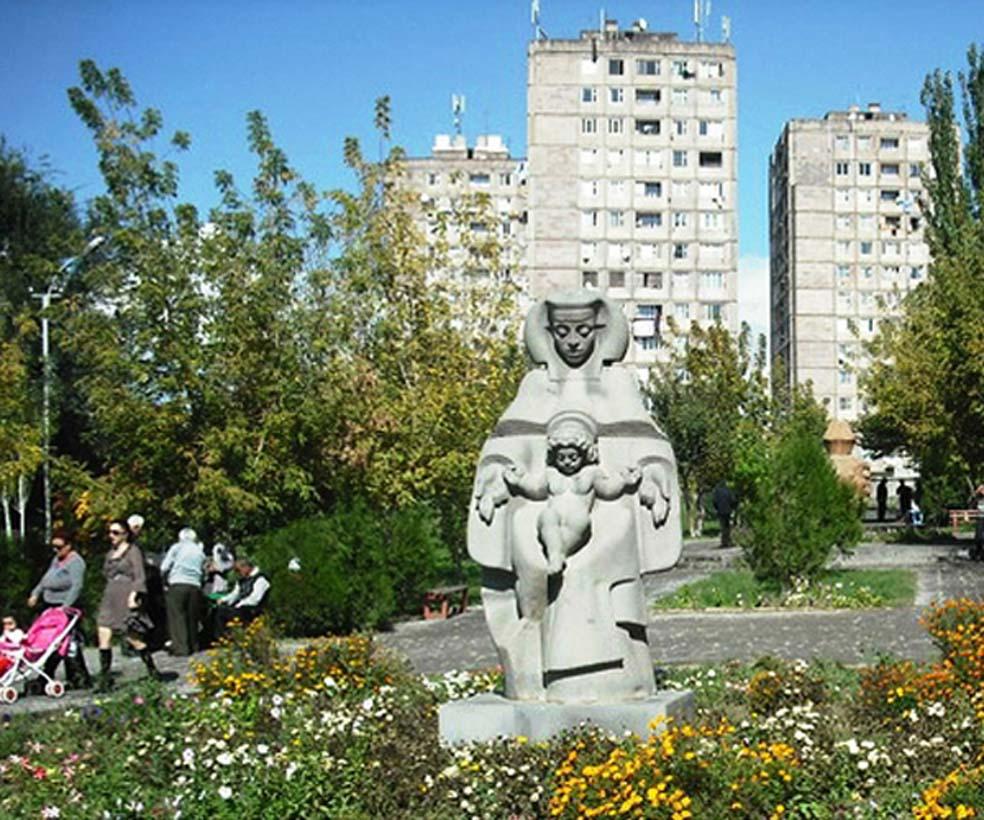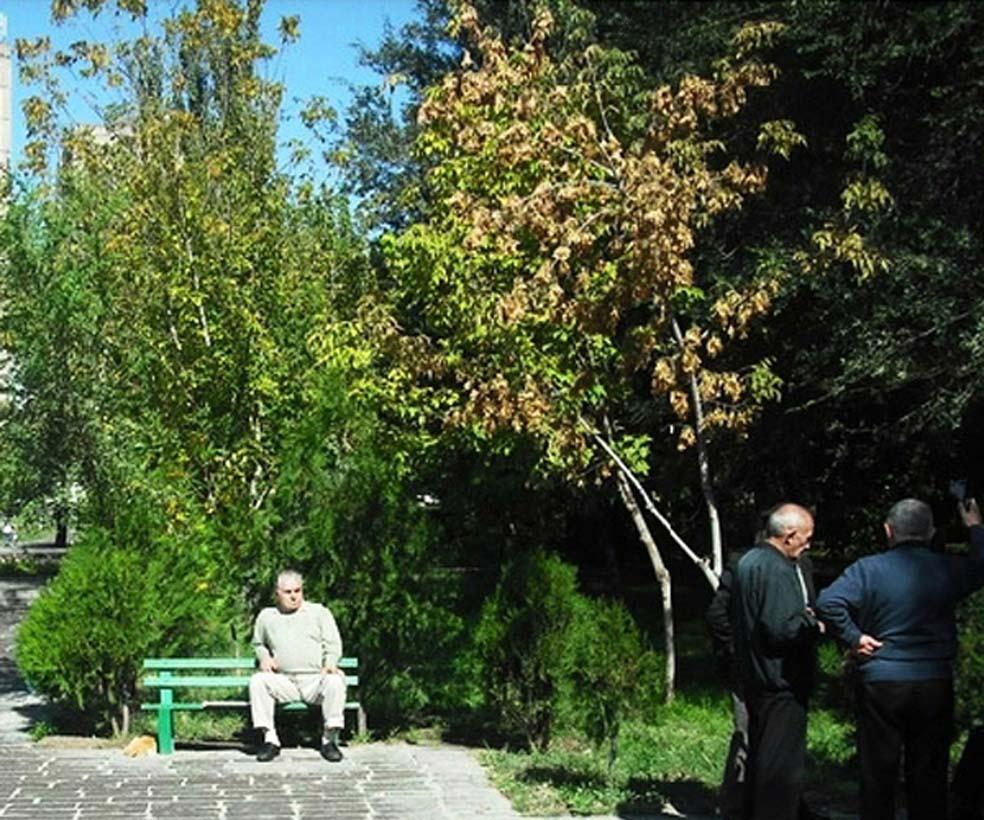The Armenia Tree Project is a national initiative founded in 1994. The project engages in involving different community members in an urban planting program, environmental education and outreach. ATP has targeted the most vulnerable communities with the most need for greenery. The focus and attention that is given to these areas help trees to grow and flourish but also creates a stronger bond between the inhabitants and the land they live on. Major greening sites are typically public parks, schools, kindergartens, cultural centers, military bases, churches, historical monuments and other significant landmarks. ATP also focused on Yerevan, the capital of Armenia which has become the "theatre" of many planting campaigns. From a climate change perspective, the project addresses issues of clean air and temperature regulation, as Armenia confronts a frequency of extreme weather events, worsening desertification and land degradation. From a biodiversity perspective, the project aims to conserve the country's rich biodiversity and to restore its ecosystems. (1,2,3)
Overview
Nature-based solution
- Grey infrastructure featuring greens
- Alley or street trees and other street vegetation
- Green playgrounds and school grounds
- Parks and urban forests
- Pocket parks/neighbourhood green spaces
Key challenges
- Climate action for adaptation, resilience and mitigation (SDG 13)
- Climate change adaptation
- Climate change mitigation
- Environmental quality
- Air quality improvement
- Green space, habitats and biodiversity (SDG 15)
- Habitat and biodiversity conservation
- Green space creation and/or management
- Water management (SDG 6)
- Flood protection
- Social justice, cohesion and equity (SDG 10)
- Social interaction
- Environmental education
Focus
Project objectives
Implementation activities
Climate-focused activities
Climate change adaptation:
- Increase or improve urban vegetation cover to help reduce outdoor temperature
- Create or improve outdoor spaces to help people escape from urban heat
Climate change mitigation:
- Increase green urban nature for carbon storage (wetlands, tree cover)
- Raise public awareness of behaviours, lifestyle and cultural changes with mitigation potential
Biodiversity conservation or restoration-focused activities
Biodiversity conservation:
- Protect and enhance urban habitats
- Preserve and strengthen existing habitats and ecosystems
- Protect species
- Undertake specific measures to protect species
- Undertake specific measures to protect native species
- Means for conservation governance
- Raise public awareness
- Public engagement
Main beneficiaries
- Non-government organisation/Civil Society
- Citizens or community groups
- Marginalized groups: Socio-economically disadvantaged populations (e.g. low-income households, unemployed)
- Food producers and cultivators (i.e. farmers, gardeners)
- Young people and children
Governance
Management set-up
- Led by non-government actors
Type of initiating organisation
- Non-government organisation/civil society
Participatory approaches/ community involvement
- Crowd-sourcing/Crowd-funding/Participatory budget
- Dissemination of information and education
- Joint implementation (e.g. tree planting)
- Co-management/Joint management
- Citizen oversight (e.g. boards, advisory)
Details on the roles of the organisations involved in the project
Project implemented in response to ...
Financing
Total cost
Source(s) of funding
- Crowdfunding
Type of funding
- Donations
Non-financial contribution
- Provision of land
- Provision of goods
- Provision of labour
- Provision of expertise
- Exchange of services
- Public authorities (e.g. land, utility services)
- Citizens (e.g. volunteering)
Impacts and Monitoring
Environmental impacts
- Climate change
- Enhanced carbon sequestration
- Environmental quality
- Improved soil quality
- Green space and habitat
- Increased green space area
- Increased number of species present
- Enhanced support of pollination
Economic impacts
- Increase of green jobs (e.g. paid employment positions)
Socio-cultural impacts
- Education
- Increased support for education and scientific research
- Increased awareness of NBS and their benefits
Type of reported impacts
Presence of formal monitoring system
Presence of indicators used in reporting
Presence of monitoring/ evaluation reports
Availability of a web-based monitoring tool
References
2. ATP (no date), Village and city greening, available at Source link, (accessed 18-03-2022)
3. Talking Points (no date), ATP is Planting Armenia’s Future, available at Source link (accessed 18-03-2022)
4. ATP (2021), TREES FOR LIFE Official Newsletter of Armenia Tree Project, available at Source link (accessed 18-03-2022)
5. The Prime Minister of the Republic of Armenia (2019),
PM: “The Government of Armenia has a strong commitment and political will to preserve, restore and expand forests”, available at Source link (accessed 18-03-2022)



